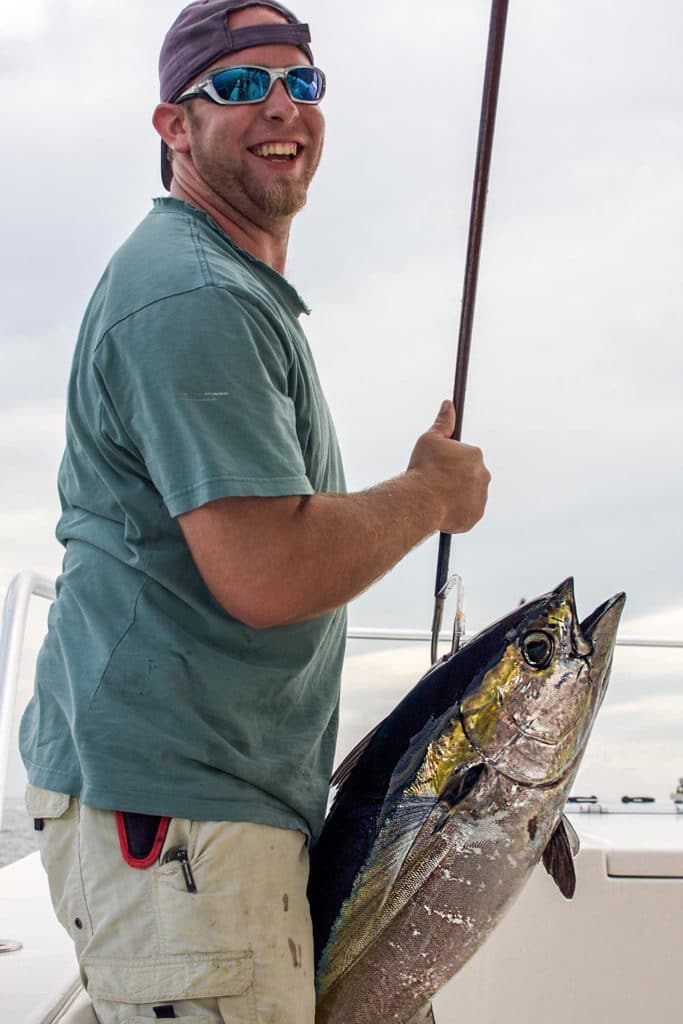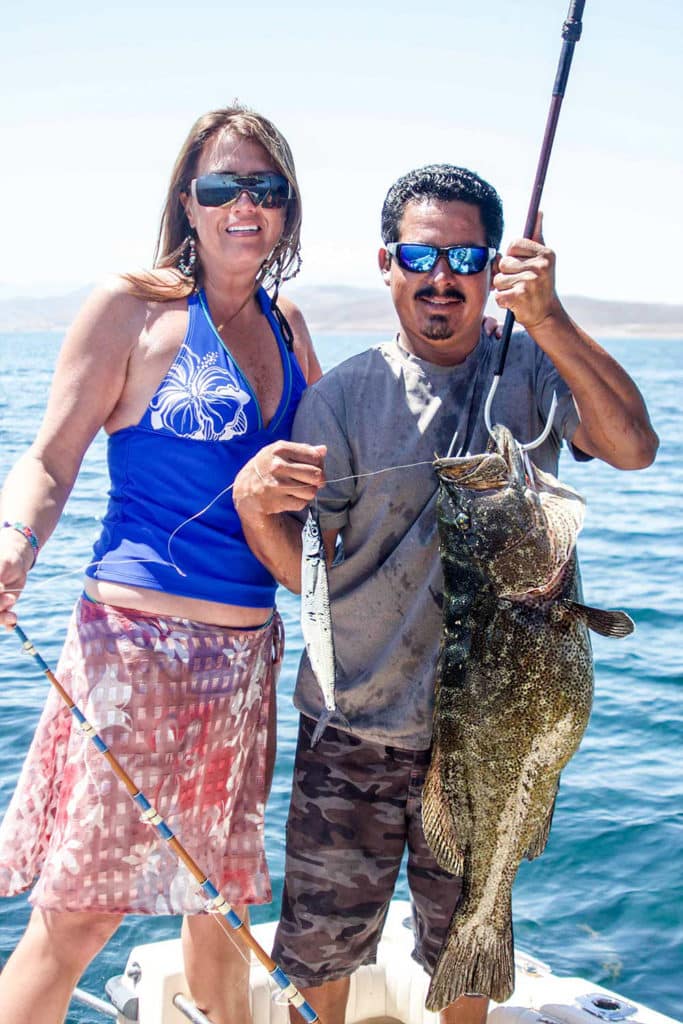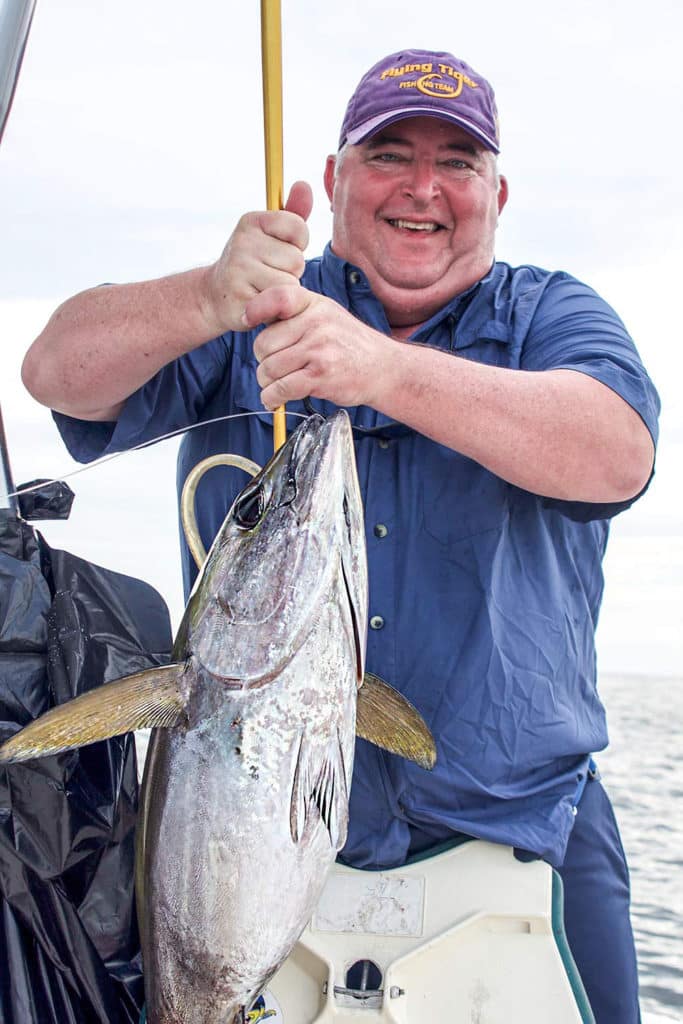Gaffing is not as common as it once was because of release trends, size and bag limits. The nuances of good gaffing, however, remain. Gaff selection is among the top considerations and with so many choices available, the best way to start is by identifying your target.

When fishing for game fish like dolphin, king mackerel, or smaller tuna, a straight gaff with a tapered hook, medium hook gap and 4- to 6-foot handle will generally serve the purpose.

Professional anglers typically opt for gaffs with smaller hooks. The tendency for smaller hooks is also common in Southern California, according to one of the leading gaff manufacturers.
“Our biggest sellers are gaffs with 3- or 4-inch hooks and 6-foot handles,” says Greg Stotesbury of AFTCO. “A lot of the guys in the Northeast prefer larger hooks, but the long-range boats on the West Coast and the guys in Florida like the smaller hook size, and that’s what I use, too. It moves through the water efficiently and the smaller hook bites and holds. You don’t need a big giant killer.”

Regardless of model, proper gaffing requires compensation for the refractive properties of water — learn the proper angle of attack and how to lead a fish. Coordinate the action with the wireman or angler beforehand. Then, while keeping the fishing line above the gaff handle, swing the gaff hook outside in, point down, and in a fluid motion lift straight up. Keep your arms in as tight as safety will allow (watch the point and teeth), and stow the catch quickly into the fish box or cooler.
And where is the ideal gaff shot? The best placement for control and to prevent meat damage is close to the head, but that’s not always possible. Sometimes you have to take whatever you get, especially with a violent fish. Take advantage of the opportunities and situation. If you only have a shot at the tail, stick ‘em there and pull up. That takes away the fish’s motor functions and you gain the upper hand.









